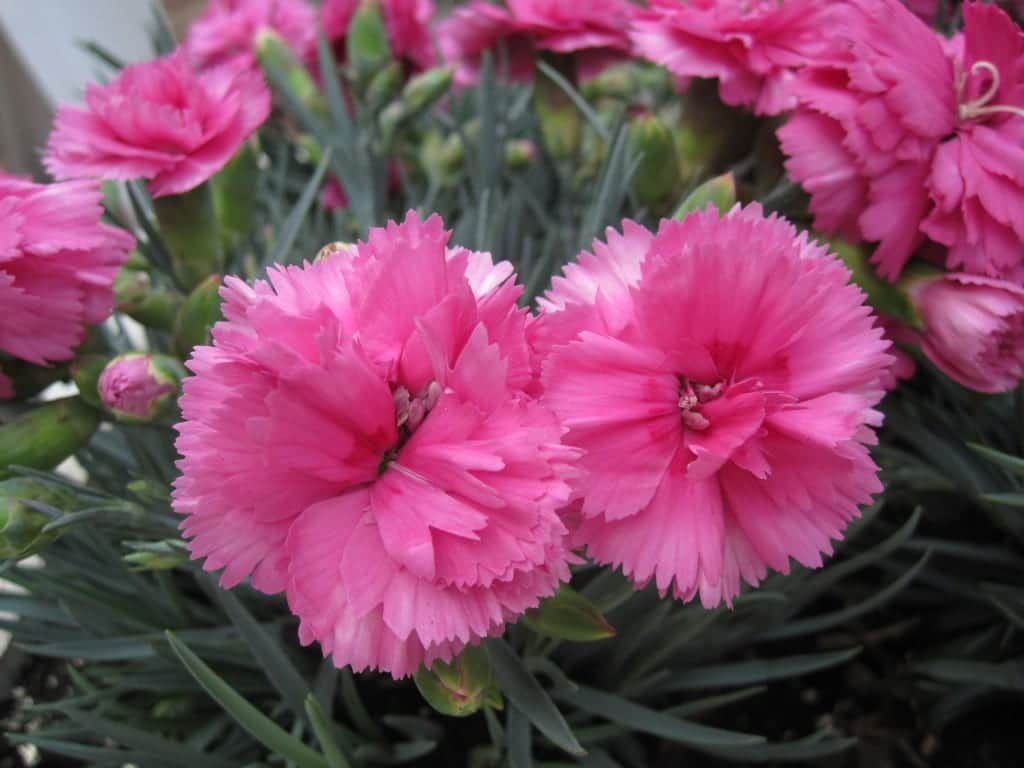
In August-September there are many plants that begin to prepare for the autumn that is to come. However, there are many other plants that choose to flourish precisely on these dates and in autumn. They are known as late flowering plants. If you are going to celebrate a special event, or simply would like to decorate your garden (or balcony, patio or terrace) with flowers, this article is for you.
El clavel it is a very grateful vivacious plant, which can bloom throughout the year. It is a small plant no more than 30cm tall that, together with other carnations, creates a beautiful mosaic of colors. Ideal to have, in full sun, in pots or planters.
rudbeckia
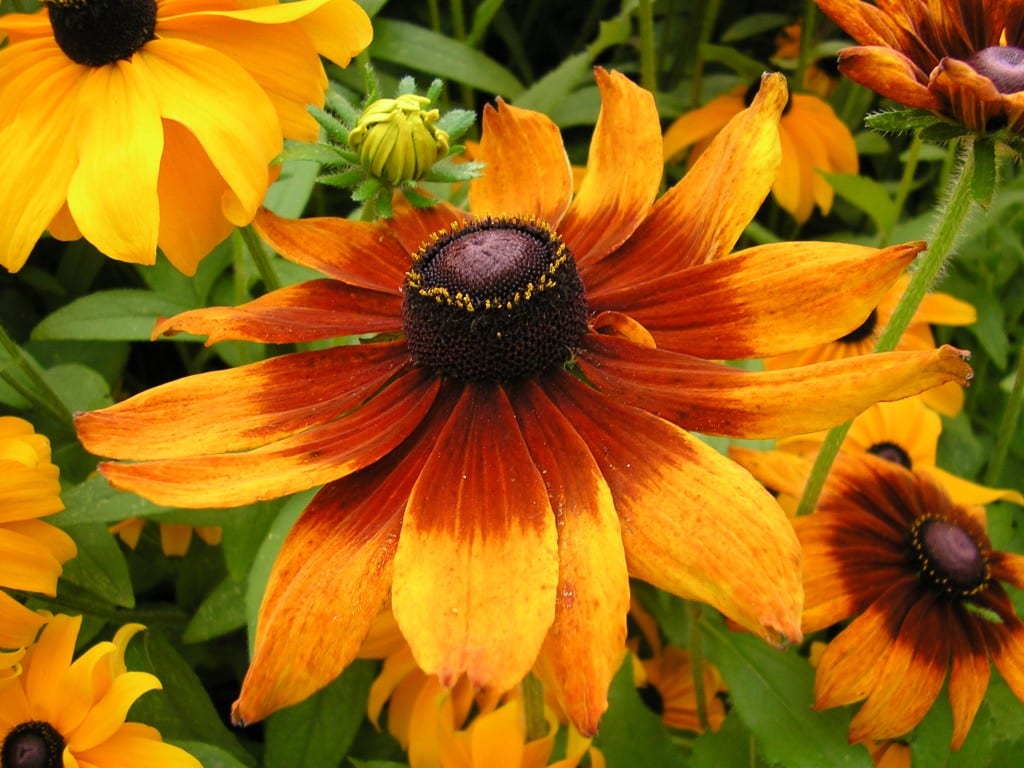
All the rudbeckia they are usually perennial plants, whose flowers are bicolor like the one shown in the photo above, with yellow-orange and red petals. They can grow to a height of 50-60cm tall. They are perfect to have in planters, or in the garden creating colored beds.
Dimorphotheque
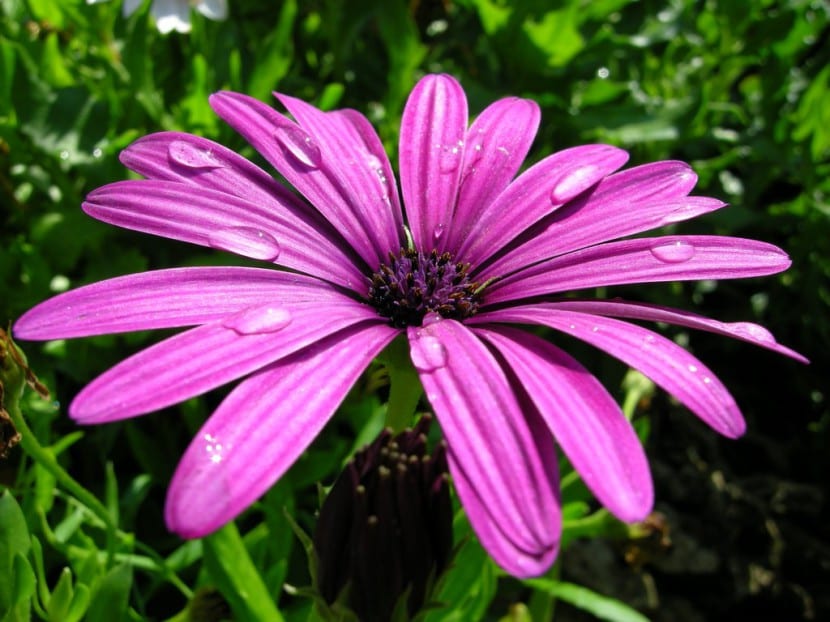
Who does not know the Dimorphotheque? These plants, whose flowers are reminiscent of those of daisies, bloom throughout the year if the climate is warm-temperate. It is a perennial plant that grows to a height of 40-50cm. The flowers can be lilac, white or, less frequently, orange. They are very adaptable, so much so that they can be both in pots and in the garden, as long as they have direct light so they can grow well.
buddleia
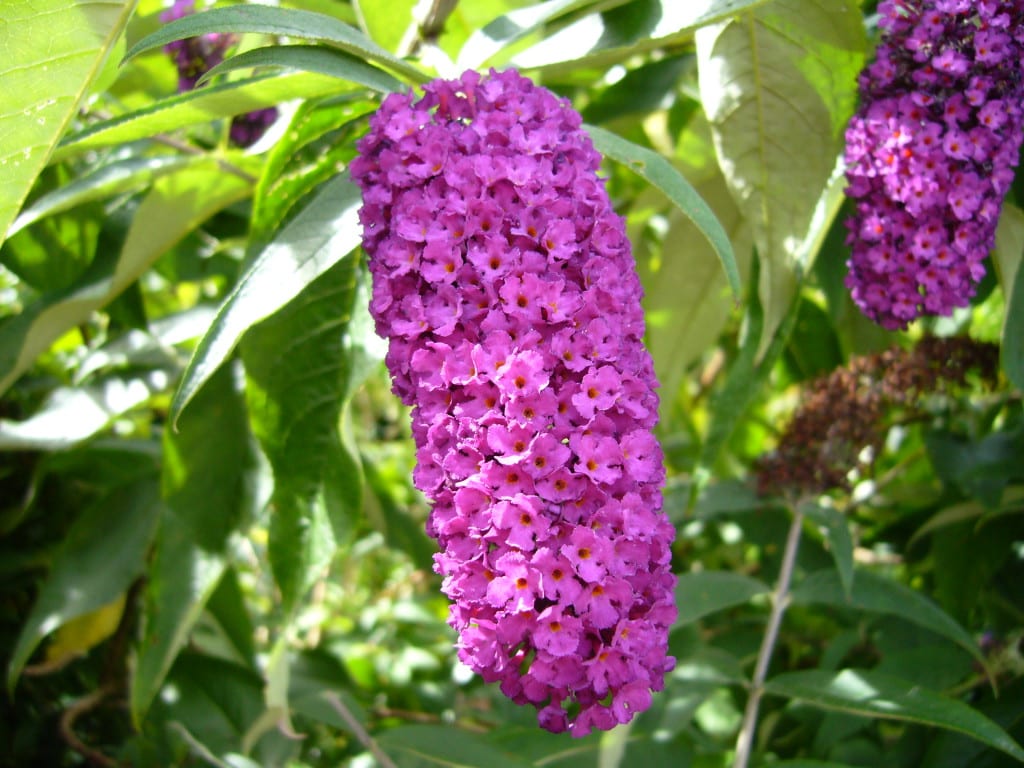
All the buddleia They are beautiful shrubs that attract various pollinating insects, such as butterflies or bees. Its flowers can be pink or white. They grow to an approximate height of 5m, which means that they can be kept both in large pots and planted in the ground. They can withstand weak frosts without problems.
Hibiscus
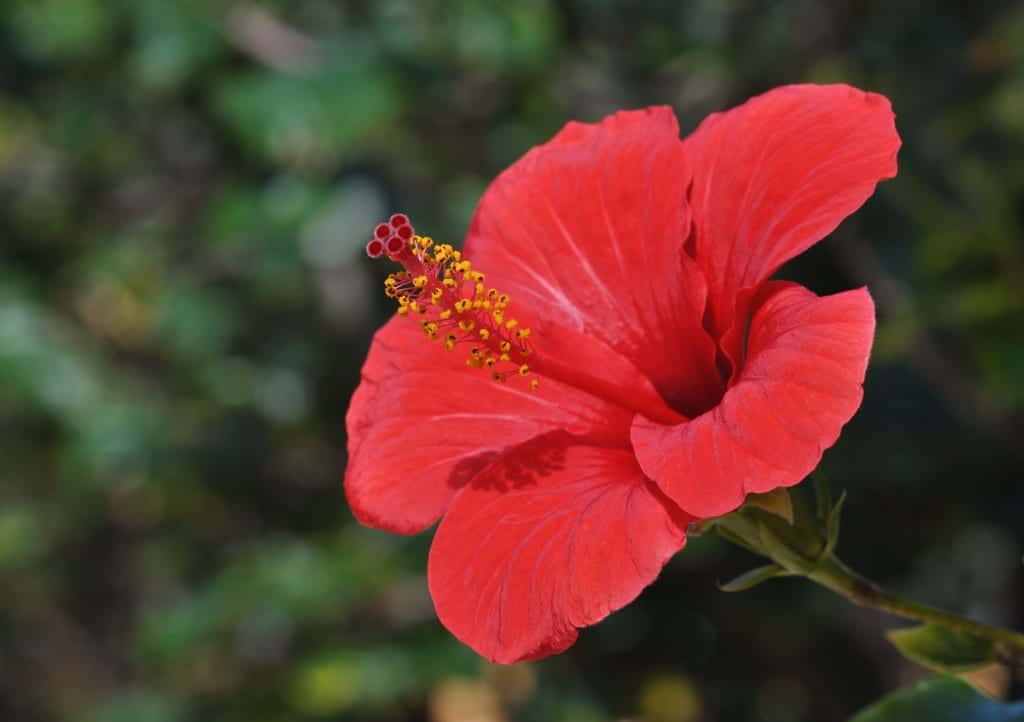
The Hibiscus They are shrubs of warm or slightly temperate climates that bloom all year round except in winter if it is cold. The most common species are:
- Hibiscus rosa-sinensis: shrubs about 2m high, sensitive to frost.
- Hibiscus syriacus: shrubs or small trees about 3-4m high. They can withstand light frosts.
These plants are characterized by its showy and ornamental flowers, which can be red, orange, bicolor ... New and even prettier -if possible- cultivars of precious flowers appear every year that help us transform autumn into a second spring.
Which one did you like the most?
Hi Monica, I live in a hot climate and I wanted to ask you if you think it is a good idea to grow rudbeckias in a hot climate, or should I settle for dimorfothecas and gazanias. Do the seeds need to be stratified? Greetings
Hi Alicia.
You can have Rudbeckia without a problem, but I recommend planting them in spring.
They do not need to be stratified, they can be sown directly in pots.
a greeting